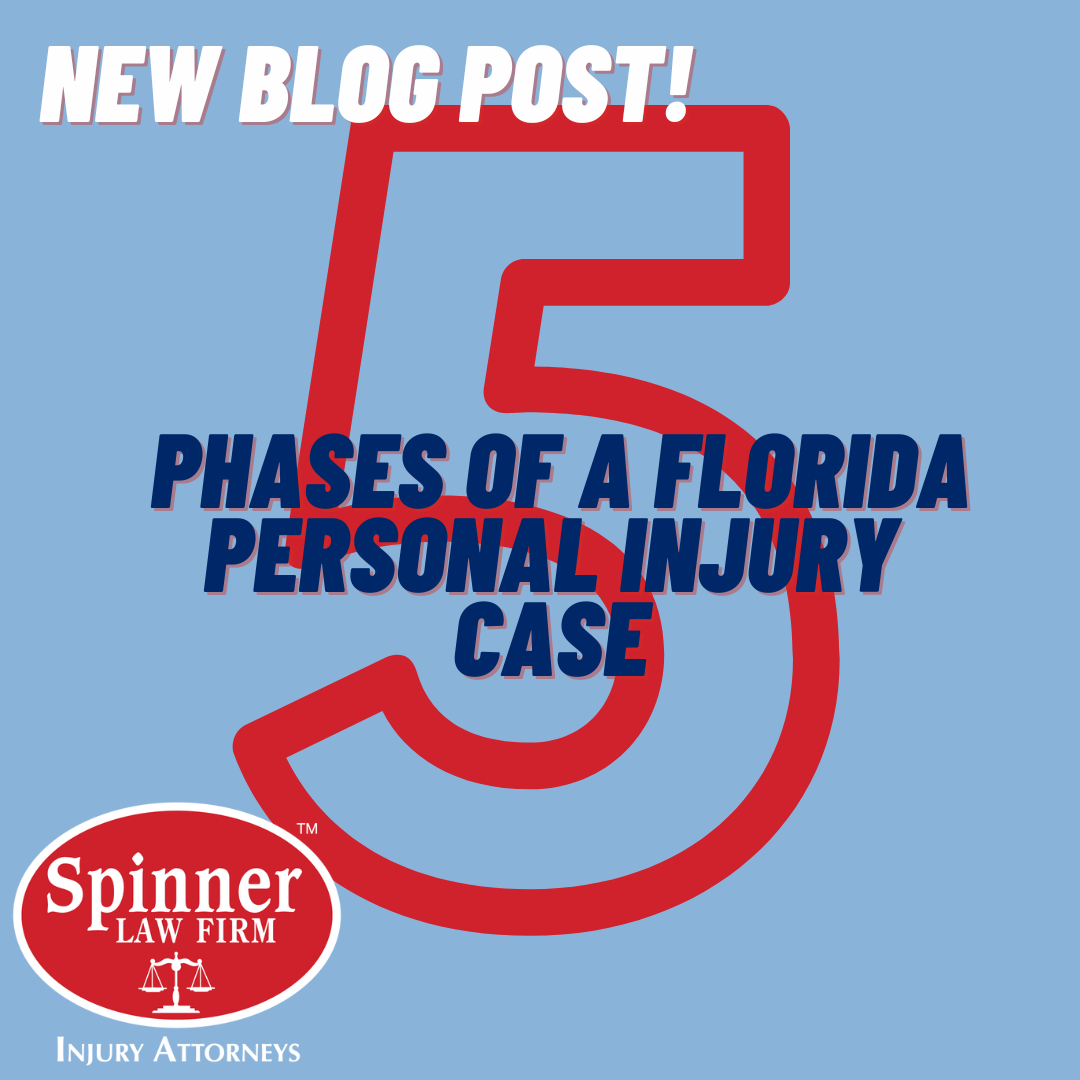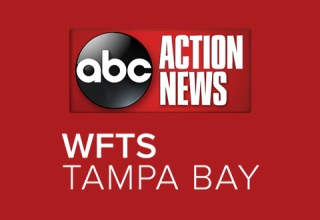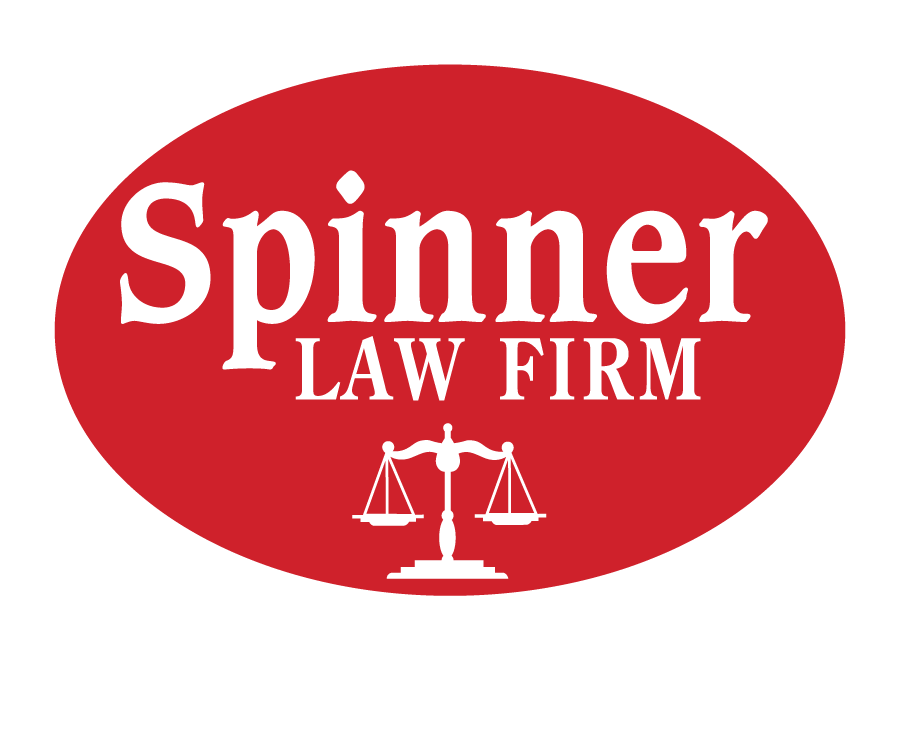 Potential clients often ask us how long it will take for their personal injury case to be finished. Although it is difficult to answer this question with specificity as each case and each client’s injuries are different, we at Spinner Law Firm mitigate this uncertainty for clients by breaking all of our personal injury cases into phases to provide some clarity of the process. Following is a brief description of each phase.
Potential clients often ask us how long it will take for their personal injury case to be finished. Although it is difficult to answer this question with specificity as each case and each client’s injuries are different, we at Spinner Law Firm mitigate this uncertainty for clients by breaking all of our personal injury cases into phases to provide some clarity of the process. Following is a brief description of each phase. 5 Phases of a Florida
Personal Injury Case

Potential clients often ask us how long it will take for their personal injury case to be finished. Although it is difficult to answer this question with specificity as each case and each client’s injuries are different, we at Spinner Law Firm mitigate this uncertainty for clients by breaking all of our personal injury cases into phases to provide some clarity of the process. Following is a brief description of each phase.
Phase 1 – InvestigationAssuming a client comes to our firm soon after the wreck, there is a lot of information to be gathered in order to get the case started on the right track. We obtain the traffic crash report, which provides crucial information, such as the investigating officer’s narrative of the crash, the names and contact information of the people involved in the wreck, the names of the insurance carriers and relevant policy numbers, and the names and information of any eye-witnesses to the crash, to name a few.
As part of our investigation, we reach out to the parties’ respective insurance companies and ensure claims have been filed and a determination has been made as to who is at-fault for causing the collision. We provide insight about initial injuries and find out the monetary limits of each potential insurance policy has in available coverage.
Also included in the investigation period is obtaining initial medical treatment records and bills for the EMS, emergency room, and any other treatment provided immediately after the crash.
Even if a client comes to us later in the process, the investigation period is a chance for the firm to get caught up on what has occurred so far regarding correspondence with the insurance companies and treatment.
This period is very fast-paced and usually involves a lot of contact between our office and our clients.
Phase 2 – TreatmentFollowing the investigation phase and our clients’ claims are properly established we move into the treatment phase. This phase is a bit slower paced as the focus of the treatment phase revolves around our clients’ treatment and journey back to pre-accident health.
Our mission during this phase is to regularly obtain updates from our client on new treatment or medical providers, obtain those records, and then provide them to the insurance companies.
We firmly believe that periodic updates to insurance adjusters as to where our clients are in their treatment in vitally important so that the adjusters better understand what our clients going through in real-time. This is crucial because as we enter the next phase, we want to make sure the adjuster is well-aware of what has occurred so that the insurance company may adjust its financial reserves accordingly, instead of being surprised and learning the whole case after receiving a settlement demand.
During this period our clients can expect regular contact from the attorneys and staff. Our clients are always welcome and encouraged to contact us with questions or concerns as they treat their injuries.
Phase 3 – Demand PreparationHopefully, as we enter phase 3, our clients have fully returned to pre-accident health and are ready to work towards a resolution to the case. Unfortunately, that is not always the situation, and sometimes there may be ongoing maintenance medical treatment necessary or permanent impairment resulting from the injury. Either way, the demand preparation phase consists of our firm obtaining the final medical records and bills, gathering supporting evidence for wage loss, and learning of the effects and impact of the injuries on our clients on a daily basis.
We put the puzzle pieces together in this phase and prepare a document we call a “settlement demand.” The demand letter provides the insurance adjuster with our position on liability (fault), a medical records summary, insight into the non-economic damages like effects of daily living, temporary or permanent modifications that arise from injuries, and much more.
Most importantly, the settlement demand provides the insurance company with an initial dollar amount that our clients are willing to accept to settle the case. These demands are usually time-sensitive to ensure they are addressed by the insurance company timely.
Phase 4 – NegotiationsOnce the settlement demand is received and acknowledged by the insurance carrier, the negotiation phase begins. This phase is somewhat self-explanatory. It is the period where discussions between our office and the insurance adjuster occur in order to see if the parties can agree on a fair and just settlement amount for all claims.
If a settlement number is reached, we move to disbursement preparation. If a settlement can’t be reached, litigation, or the filing of a lawsuit, may be necessary. Litigation will be discussed below.
Phase 5 – Disbursement PrepOnce settlement has been reached, disbursement preparations begin, including confirming medical bills and attempting to reach a negotiable payment amount with the medical providers who are owed a balance. During this phase we also ensure we’ve accounted for any and all liens, or obligations to reimburse a third party such as health insurance, workers’ compensation carriers, Medicaid, or Medicare.
Prior to disbursing the net settlement proceeds to a client, we must ensure that any bills or liens are “satisfied” (paid). Once that occurs, we provide clients with a “settlement statement” showing all debits and credits relating to the case and ensure they are aware of and understand all the numbers. Once the client approves, settlement proceeds are disbursed to the various medical providers or lien holders, and the client receives his or her net recovery in the form of a check.
Once this phase is complete, the case is essentially complete. However, this portion can feel like a “hurry up and wait” process as we are required to obtain responses from a multitude of sources prior to disbursing proceeds.
Bonus Phase – LitigationLitigation is an additional phase because it does not occur in every case. We will discuss the details of litigation in another post, but for purposes of this article, the broad term, litigation, is the process of filing a lawsuit and working our way through the various steps until a jury trial.
Not all cases require a lawsuit, and even fewer require a formal jury trial. As you will learn in our costs/fees section on our website, fees and costs significantly increase with litigation. As such, prior to filing suit we discuss the pros and cons of litigation as well as the risks and the potential reward filing suit with the client so he or she may make an informed choice about authorizing the lawsuit as we require the client’s permission to do so.
In some instances, it may not be a prudent decision to file a lawsuit, and we painstakingly vet all potential litigation cases to ensure our clients are fully informed and the risks are transparent when they’re making such a major decision.
ConclusionWe break personal injury cases into phases in order to create milestones for cases where there is little predictability as to how long they may last. This helps clients visualize the process but also allows us to focus on the tasks associated with each phase.
If you want to learn more about your case specifically and find out what in which phase you may be, we welcome you to reach out for a free consultation.
Get Started Now
As seen on



Give Us A Call
(+62) 81 332 767
Send Us A Message
contact@domain.com
Office Location
Jl. Raya Puputan No 142

